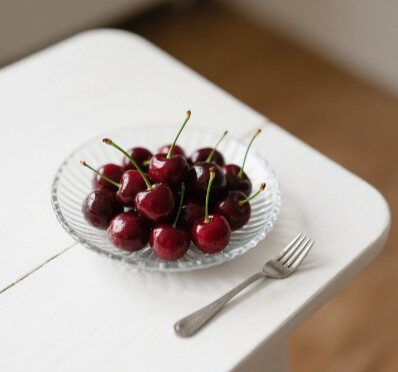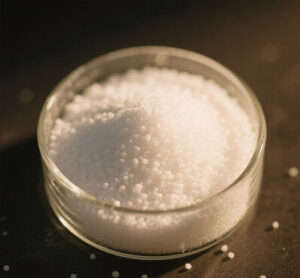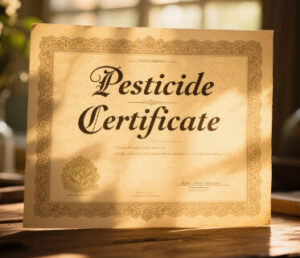The U.S. cherry industry is experiencing significant trade turbulence as Chinese import barriers force unprecedented price reductions in alternative Asian markets. Vietnamese consumers are currently benefiting from what industry analysts describe as “historically low” prices for premium U.S. cherries, with retail values slashed by approximately 50% compared to 2024 levels.
Current Market Pricing (July 2025)
-
Vietnam retail average: 180,000-250,000 VND/kg ($7.30-$10.15)
-
Promotional pricing: 189,000 VND/kg ($7.68) in major supermarket chains
-
Year-on-year change: 50% price reduction
-
Comparative reference: Equivalent to just 35-40% of current Chinese market values
Trade Flow Reconfiguration: From China to Southeast Asia
Vietnam has emerged as the primary beneficiary of redirected U.S. cherry exports, with import data revealing:
| Market Indicator | 2024 (Jan-May) | 2025 (Jan-May) | Change |
|---|---|---|---|
| Import Volume | 9,200 tons | 13,100 tons | +42.4% |
| Import Value | $19.6 million | $28.0 million | +42.9% |
| Average Price/kg | $2.13 | $2.14 | +0.5% |
“Vietnam’s cherry imports have never been this affordable,” noted a Ho Chi Minh City fruit wholesaler. “We’re seeing daily deliveries that would have previously been destined for Shanghai or Guangzhou.”
Structural Challenges in the U.S.-China Cherry Trade
The price collapse stems from fundamental shifts in trade dynamics:
-
Tariff Disadvantage
-
U.S. cherries face 50% base tariff in China
-
Competitors (Chile, Australia) benefit from free trade agreements
-
Effective price premium: $4.50-$5.00/kg versus Southern Hemisphere suppliers
-
-
Supply-Demand Imbalance
-
2025 U.S. Northwest cherry crop: 383,000 tons (+8% YoY)
-
Estimated 65,000-75,000 tons requiring alternative markets
-
Cold chain logistics constraints limit market flexibility
-
-
Political Factors
-
Continued trade policy uncertainty under Trump administration
-
$86 million cumulative losses reported by Northwest Cherry Growers
-
Pending Vietnam-U.S. tariff reduction negotiations
-









